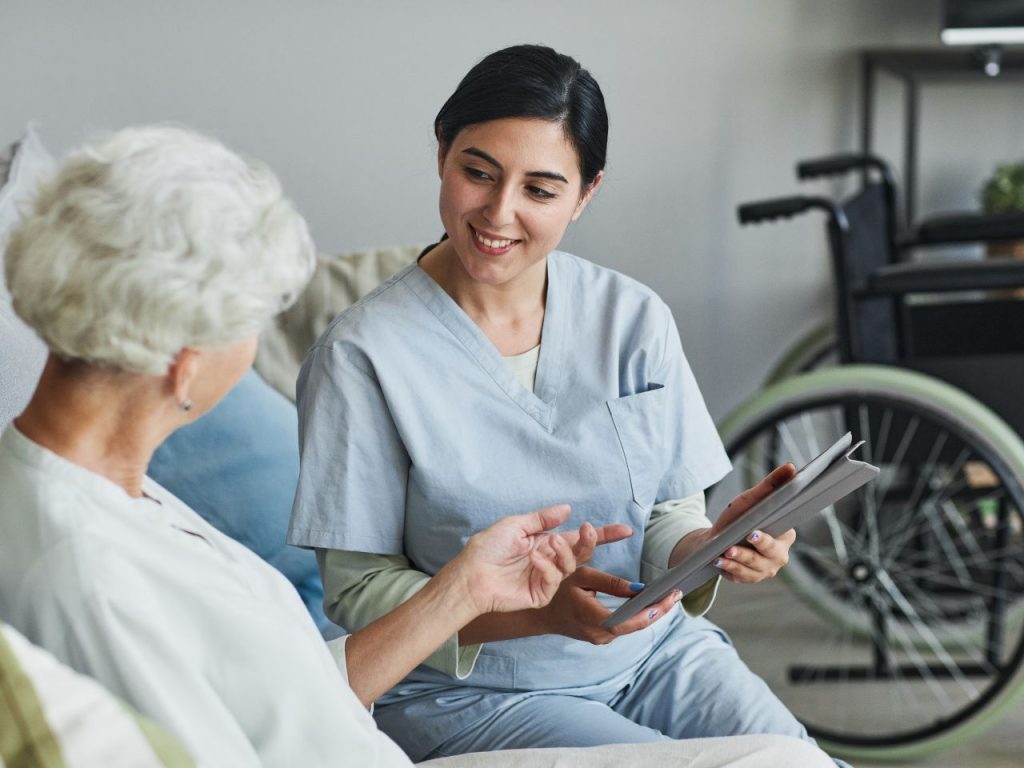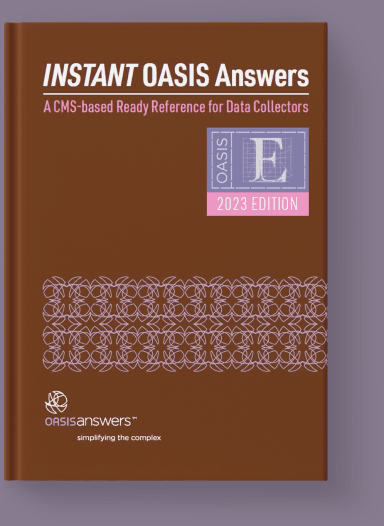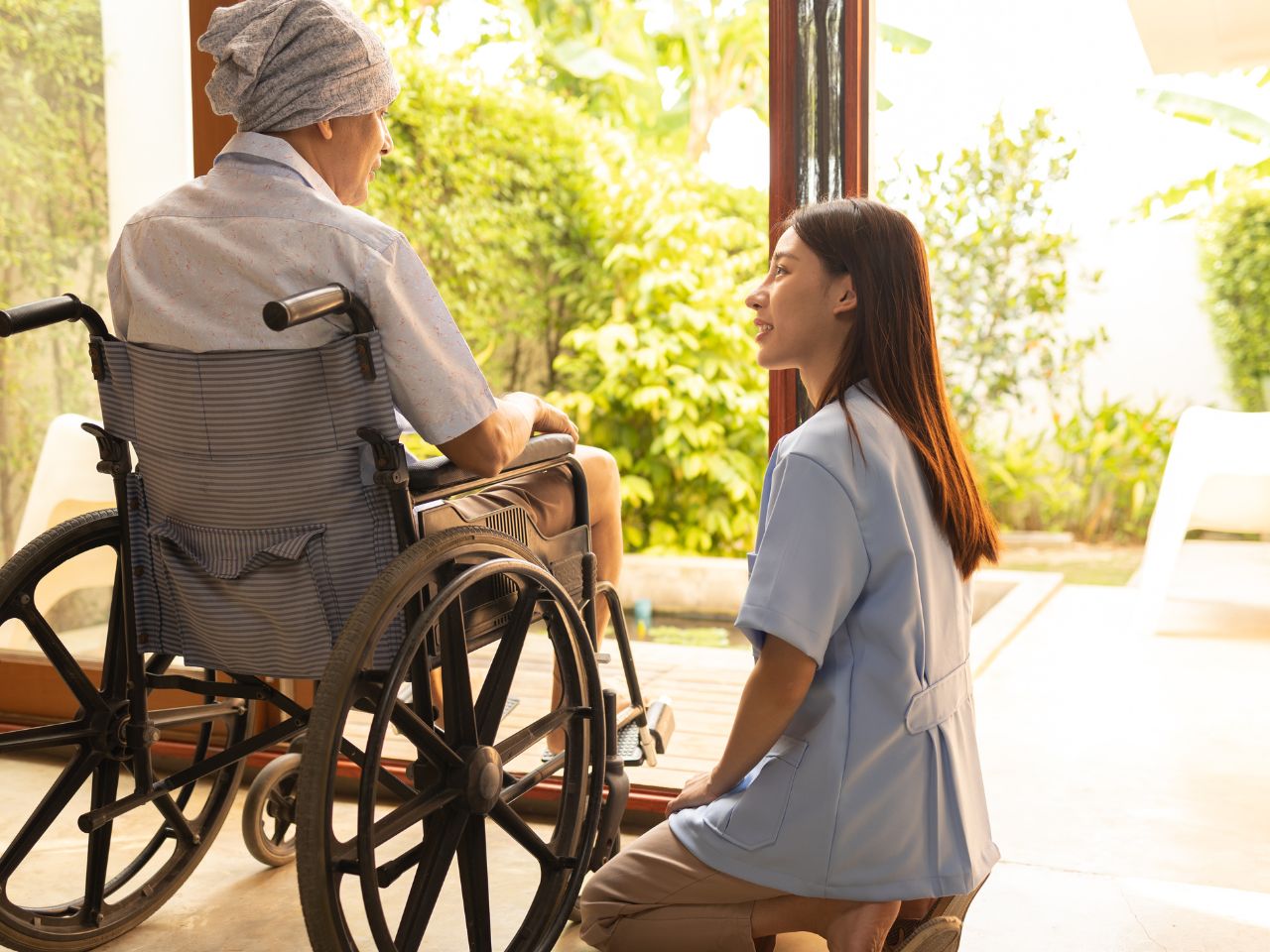by Lori Marmon PT, MBA, COS-C
According to the New England Journal of Medicine’s article, “The Power of the Patient Voice: How Health Care Organizations Empower Patient and Improve Care Delivery,” giving the patient a more prominent voice allows them to take greater responsibility and be more accountable for their own care.
So, in home health care we look to engage our patients in this same way by giving them input into their home health comprehensive assessment and OASIS data collection.
Many of our items include aspects of patient voice. For instance, the GG functional activities can not only be coded with performance codes based on observation of the activity but could also be determined utilizing patient/caregiver report. This utilizes the patient’s voice to potentially impact coding of the GG function activities.
With some of our OASIS items we have the option to use a proxy or medical record to obtain information to inform coding decisions such as with A1005- Ethnicity or A1010- Race.
If we look closely at the response specific instructions for these items, we see that our first instruction is to “ask the patient.” Start with the patient’s voice.
IF the patient is unable to respond, then we can look to a proxy to provide insight into the response, but we start with the patient’s voice.
Even in the coding, we select both “unable to respond” AND any responses that we could obtain from the proxy or medical record if the proxy was not available or able to provide a response. By reflecting in the coding both that they were unable to respond and not just their ethnicity or race, for example, furthers the prominence of focus on patient voice and engagement.
Looking at items within the OASIS that are completed through a patient interview, like C0200-C0400 BIMS or D0150 PHQ- 2 to 9, using the patient’s voice as the first choice for completing these items is evidenced by the guidance. For these items, if the patient appears unable to communicate, the guidance directs providers to attempt to administer the interview with cue cards or other alternatives.
Further, providers are directed not to provide definitions to the patient and allow the patient’s interpretation to drive the scoring on the patient interview items in the OASIS. This approach appears to clearly place the emphasis on the importance of the patient interview and their voice driving the response coding to the extent possible.
Going one step further, there are two (2) items in the OASIS-E that are “patient self-report” only. B1300- Health Literacy and D0700- Social Isolation go beyond the indication that the patient’s voice has value in determining the correct coding response. The response specific instructions for these items state that no other source should be used to identify the response.
Only the patient’s self-report regarding their actual or perceived lack of contact with other people and their health literacy are to be considered when selecting frequency responses for these items.
With OASIS looking to move the patient voice to a more centralized part of the data collection, it will be important for home health care providers to continue to “transfer more power and responsibility to patients, thereby providing them with a louder voice” (NEJM, “The Power of the Patient Voice”).
___
Stay up to date on new CMS information related to HHVBP and OASIS accuracy.
- Follow OASIS Answers on Facebook, Instagram, or LinkedIn,
- Sign up for our email list for regular updates and resources








